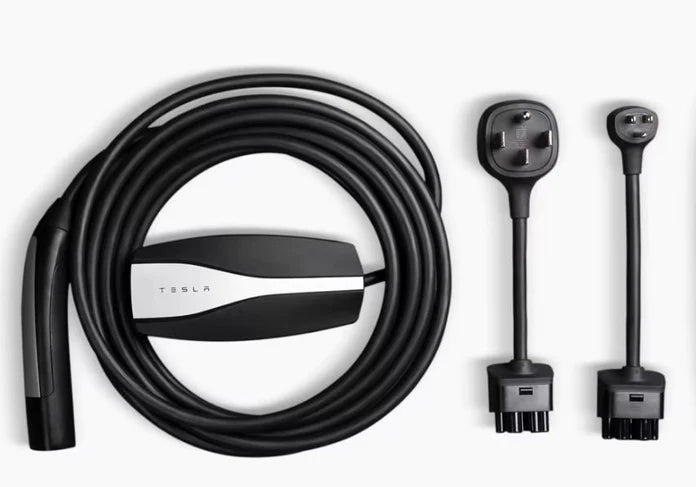
Tesla Mobile Connector Vs Wall Connector - A Detailed Comparison
Key Features Comparison H2: Power Supply and Charging Speed
- Tesla Mobile Connector supports a range of power supplies, making it versatile, but generally offers slower charging speeds compared to the Wall Connector.
- The Wall Connector, designed for high-speed charging, can fully charge a Tesla overnight, making it ideal for home use.
Installation and Setup
- The Mobile Connector is plug-and-play, requiring no installation.
- The Wall Connector requires professional installation, which includes wiring and mounting, adding to the initial cost.
Portability and Flexibility
- The Mobile Connector's portability is its biggest advantage, allowing charging from various power outlets.
- The Wall Connector, though stationary, offers a consistent and reliable charging experience at home.
Pros and Cons H2: Tesla Mobile Connector
- Pros: Portable, flexible, and compatible with standard power outlets.
- Cons: Slower charging speeds and limited power output.
Tesla Wall Connector
- Pros: Faster charging, higher power output, and a dedicated charging spot at home.
- Cons: Not portable, higher upfront costs, and requires professional installation.
User Experiences
Real-Life Usage Scenarios
- Mobile Connector users appreciate its convenience for long trips.
- Wall Connector users value the consistency and speed for daily home charging.
Customer Feedback and Reviews
- Positive feedback for the Mobile Connector revolves around its ease of use in various locations.
- The Wall Connector is praised for its fast charging capability and sleek design.
Cost Analysis H2: Initial Purchase Price
- The Mobile Connector is generally more affordable than the Wall Connector.
- The Wall Connector’s price reflects its advanced features and faster charging capabilities.
Installation Costs
- No installation cost for the Mobile Connector.
- The Wall Connector incurs additional costs for professional installation.
Long-Term Value
- The Mobile Connector offers value in flexibility.
- The Wall Connector is a long-term investment, particularly beneficial for regular home charging.
Suitability for Different Users H2: Urban Drivers
- Urban drivers may find the Mobile Connector more practical due to its compatibility with various urban settings.
Frequent Travelers
- For those who often travel, the Mobile
Connector's portability becomes an essential feature, allowing charging at multiple locations.
Home Charging
- Home users benefit greatly from the Wall Connector, providing a fast, reliable, and dedicated charging solution.
Safety Features
Both the Mobile and Wall Connectors include multiple safety features. They have built-in overload protection and are designed to automatically stop charging if they detect any electrical anomalies, ensuring safe operation under different conditions.
Future Developments and Upgrades
Tesla is continuously innovating in charging technology. Future upgrades to both connectors may include faster charging speeds, improved energy efficiency, and enhanced connectivity with smart home systems.
Expert Opinions and Recommendations
Experts often recommend the Wall Connector for homeowners who can invest in a permanent solution, while the Mobile Connector is ideal for those who need flexibility and occasional charging.
Conclusion
Choosing between the Tesla Mobile Connector and Wall Connector depends on individual needs, lifestyle, and charging habits. While the Mobile Connector offers flexibility and ease of use, the Wall Connector excels in speed and efficiency for regular home charging.
FAQs
How long does it take to charge a Tesla with the Mobile Connector?
Charging times vary depending on the power source, but it typically takes longer than the Wall Connector.
Can the Wall Connector be used with other electric vehicles?
The Wall Connector is designed specifically for Tesla vehicles, although adapters for other EVs may be available.
What is the cost difference between the two charging options?
The Mobile Connector is generally less expensive, but the Wall Connector's higher price reflects its advanced features.
How does weather affect the performance of these connectors?
Both connectors are designed to withstand typical weather conditions, but extreme temperatures may affect charging efficiency.
Are there any planned upgrades for these charging solutions?
Tesla continuously updates its products, but specific details about future upgrades are usually not disclosed until close to release.

Leave a comment